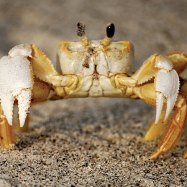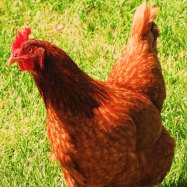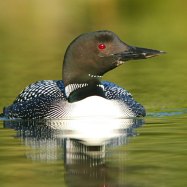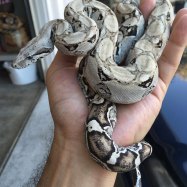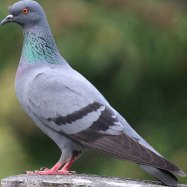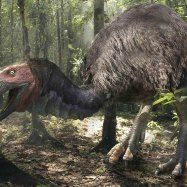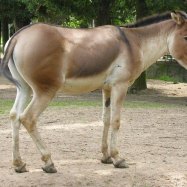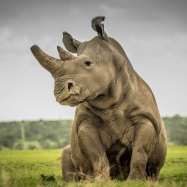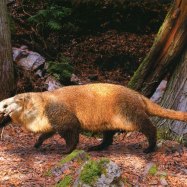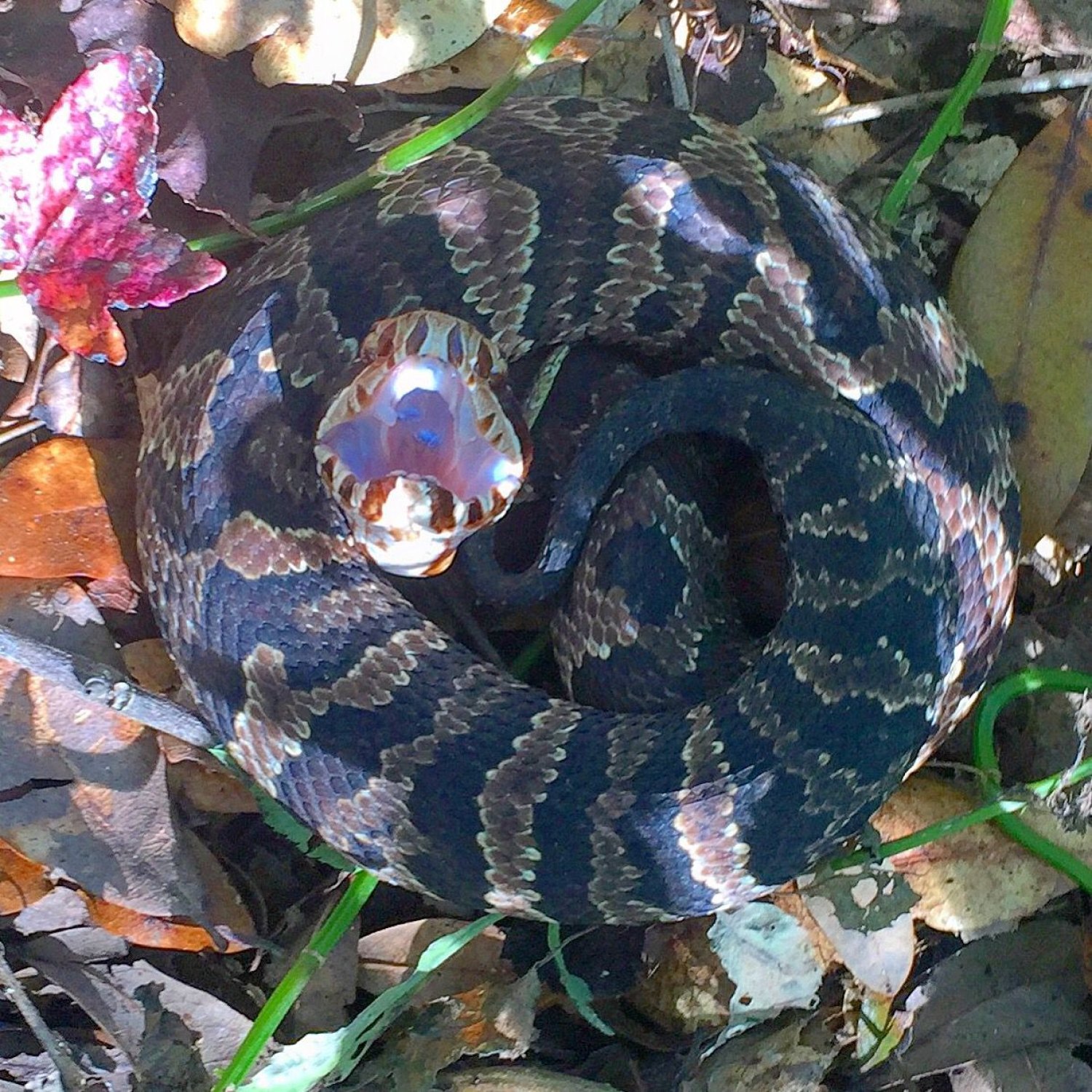
Cottonmouth
Adults can reach up to 4-5 feet (1.2-1.5 meters) in length
Cottonmouth snakes, also known as water moccasins, are a common sight in North America. These venomous predators can grow up to 4-5 feet in length, making them one of the largest venomous snakes in the region. With their thick and muscular body shape, these snakes are well adapted for life in and around water. Make sure to keep your distance and avoid getting bitten by these fascinating creatures. #Cottonmouth #Snake #NorthAmerica
Animal Details Summary:
Common Name: Cottonmouth
Kingdom: Animalia
Habitat: Streams, swamps, marshes, and the edges of lakes and ponds
The Cottonmouth: A Misunderstood and Fascinating Reptile of the Southeastern United States
Just the mention of its name can evoke fear and caution among those who call the southeastern United States their home. The cottonmouth, also known as Agkistrodon piscivorus, is an intriguing and often misunderstood creature that inhabits the streams, swamps, and marshes of this region.But beyond its intimidating reputation, this reptile has a unique set of characteristics and adaptations that make it a remarkable creature worthy of our attention and respect.
The Basics: Taxonomy and Habitat
The cottonmouth belongs to the Animalia kingdom, the Chordata phylum, and the Reptilia class Cottonmouth. It is a member of the Squamata order, which includes lizards, snakes, and worm-lizards. Within this order, it is classified under the Viperidae family, which includes other venomous snakes such as rattlesnakes and copperheads.As for its habitat, the cottonmouth can be found in streams, swamps, marshes, and the edges of lakes and ponds. It prefers these aquatic environments as it is a semiaquatic species, well-adapted to swimming and living near water. They are native to the southeastern United States, specifically Florida, Georgia, Alabama, Mississippi, Louisiana, Arkansas, and parts of Texas.
Distinguishing Features: Coloration and Body Shape
One of the most striking features of the cottonmouth is its dark brown or black body coloration, with darker crossbands running along its back. This coloration helps them blend in with their murky surroundings and acts as camouflage against predators and prey.Another notable feature is its body shape – the cottonmouth has a thick and muscular body, especially towards the middle and tail region. This adaptation helps them move swiftly and efficiently in water, as well as provide the strength needed to overpower their prey Canaan Dog.
Size and Feeding Habits
Adult cottonmouths can reach an impressive length of 4-5 feet (1.2-1.5 meters), with females usually being larger than males. They are opportunistic hunters and have a varied diet, including fish, frogs, small mammals, birds, and other snakes. Their name, "cottonmouth," refers to their habit of opening their mouth wide to reveal their bright white inner mouth when threatened, which resembles a piece of white cotton.They are also known for their carnivorous feeding method, which involves using their venom to immobilize their prey before swallowing it whole. This venom is produced by a pair of large glands located at the back of their head, and it is also their primary defense mechanism against predators.
The Human-Animal Relationship: Myths and Reality
As mentioned earlier, the cottonmouth has a notorious reputation that often precedes it. This is due to many myths and misconceptions surrounding this species, which have resulted in its demonization and unjustified fear.One of these myths is that cottonmouths are aggressive and will attack humans without provocation. In reality, cottonmouths are relatively docile, and they will only strike if they feel threatened or provoked. They are also quite shy and will usually try to avoid human confrontation.
Another common misconception is that their venom is exceptionally lethal, with some people claiming that a single bite can kill a person. While their venom is indeed potent, fatalities are rare, with only a small percentage of bites resulting in death, mainly in cases of delayed medical treatment.
In fact, the cottonmouth plays a crucial role in balancing the ecosystem by controlling rodent populations and acting as an indicator of a healthy wetland environment. This species is also protected under various state and federal laws, recognizing its importance and role in the ecosystem.
The Importance of Conservation
Despite their importance and value in the ecosystem, the cottonmouth faces threats to its survival. Habitat destruction and fragmentation, as well as human persecution, are some of the main challenges that this species faces.The destruction of wetland habitats due to human development has led to a decline in the cottonmouth's population. Additionally, humans often kill these snakes out of fear or misunderstanding, contributing to their decline.
It is important to remember that the cottonmouth, like all animals, plays a crucial role in the delicate balance of our ecosystems. As such, it is our responsibility to protect and preserve this species for future generations.
Interactions with Humans: Tips for Coexisting
If you live in an area where cottonmouths are prevalent, it is essential to learn how to coexist with these reptiles safely. While they may seem intimidating, there are some simple measures you can take to avoid negative interactions with them.First and foremost, it is crucial to respect their habitat. Avoid disturbing or damaging their environment, and always dispose of trash and debris properly to prevent pollution and contamination of their homes.
If you do encounter a cottonmouth, give them space and do not attempt to handle or harm them. Keep pets on a leash, and if you live near wetlands, consider building a fence to prevent encounters with these reptiles.
In the rare event that you are bitten by a cottonmouth, seek immediate medical attention. These snakes, like all wild animals, should be observed from a safe distance and treated with respect and caution.
The Cottonmouth: A Fascinating and Misunderstood Creature
In conclusion, the cottonmouth is a remarkable and intriguing reptile native to the southeastern United States. It is well adapted to its aquatic habitat and plays a crucial role in maintaining its ecosystem's balance.While it may carry an intimidating reputation, understanding its biology and behavior can help us appreciate and coexist with this species safely. By protecting and preserving the cottonmouth, we are not only ensuring its survival but also the health of our wetland ecosystems.

Cottonmouth
Animal Details Cottonmouth - Scientific Name: Agkistrodon piscivorus
- Category: Animals C
- Scientific Name: Agkistrodon piscivorus
- Common Name: Cottonmouth
- Kingdom: Animalia
- Phylum: Chordata
- Class: Reptilia
- Order: Squamata
- Family: Viperidae
- Habitat: Streams, swamps, marshes, and the edges of lakes and ponds
- Feeding Method: Carnivorous
- Geographical Distribution: Southeastern United States
- Country of Origin: United States
- Location: North America
- Animal Coloration: Dark brown or black with darker crossbands
- Body Shape: Thick and muscular
- Length: Adults can reach up to 4-5 feet (1.2-1.5 meters) in length
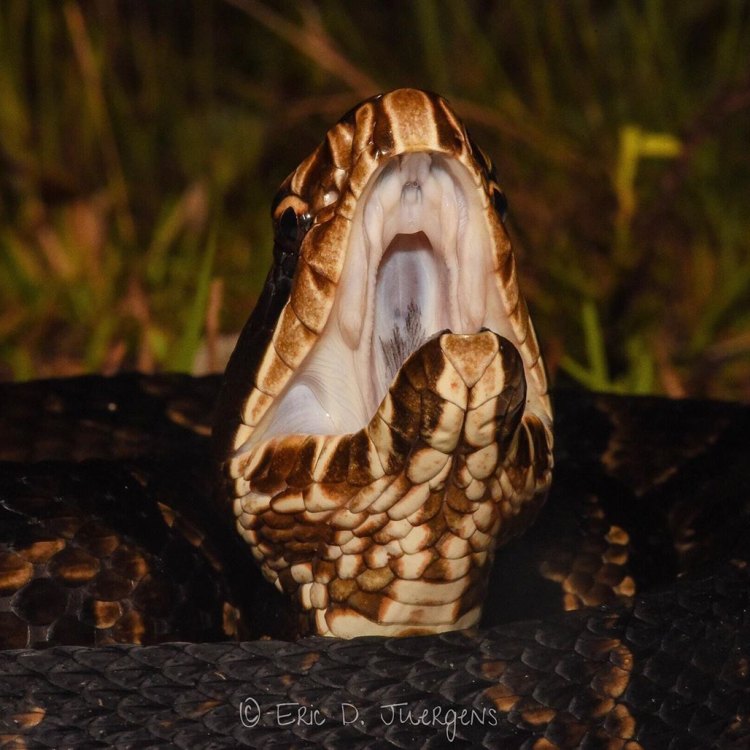
Cottonmouth
- Adult Size: Large
- Average Lifespan: 10-15 years
- Reproduction: Viviparous (gives birth to live young)
- Reproductive Behavior: Mating usually occurs in the spring
- Sound or Call: Produces a rattling sound by vibrating its tail when threatened
- Migration Pattern: Non-migratory
- Social Groups: Solitary
- Behavior: Generally docile but can become aggressive when threatened or provoked
- Threats: Habitat loss and degradation, pollution, and persecution by humans
- Conservation Status: Least Concern
- Impact on Ecosystem: Plays a key role in controlling populations of prey species
- Human Use: Not commonly used by humans
- Distinctive Features: Wide triangular head, heat-sensing pits on each side of the head
- Interesting Facts: Also known as water moccasin, known for its venomous bite
- Predator: Birds of prey, larger snakes, alligators
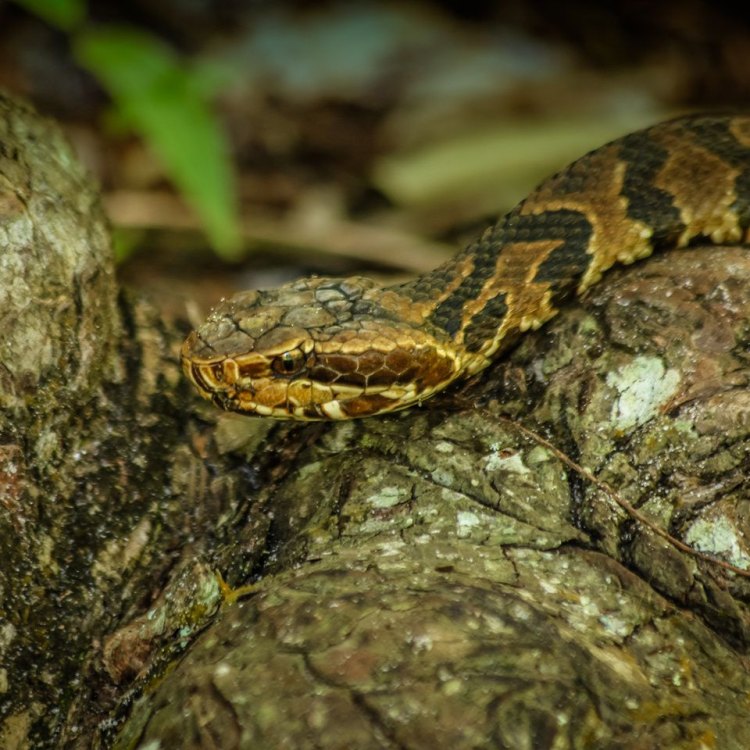
Agkistrodon piscivorus
The Fascinating World of Cottonmouth Snakes
Nestled within the winding waterways and lush forests of the southeastern United States, lives a creature that evokes both fear and fascination - the cottonmouth snake. Also known as a water moccasin, this venomous serpent has earned a reputation as a formidable predator with its wide triangular head, heat-sensing pits, and intense gaze.But beyond its intimidating appearance, the cottonmouth has a complex and intriguing existence that is often overlooked. From its unique reproductive behavior to its vital role in maintaining ecological balance, there is so much to discover about this enigmatic snake PeaceOfAnimals.Com. So, let's take a deep dive into the captivating world of the cottonmouth.
An Impressive Adult Size and Long Lifespan
One of the first things that come to mind when we think of cottonmouths is their size. These snakes can grow up to 4 to 6 feet in length, making them one of the largest venomous snakes in North America. While their size may seem daunting, it is worth noting that they are more robust than other venomous snakes and have shorter fangs, making their bites less severe.In terms of their lifespan, cottonmouths have an average lifespan of 10-15 years in the wild, though some have been known to live up to 25 years in captivity. This demonstrates their adaptability and resilience in their habitat, where they thrive in both water and land environments.
Unique Reproductive Behavior and Mating Habits
Cottonmouths have a viviparous reproductive strategy, which means they give birth to live young. This is a significant advantage for the survival of their offspring, as they do not have to rely on eggs to hatch in potentially harsh environments.Mating for cottonmouths usually takes place in the spring, where the males engage in intense combat to win over potential female partners Cow Reticulated Python. This competition can involve pushing and biting each other's heads or intertwining their tails in a wrestling match. Once the mating is successful, the female will carry her embryos for approximately six months before giving birth to a litter of between 5-16 live young.
Distinctive Sound and Non-Migratory Pattern
One of the most recognizable features of the cottonmouth is its distinct rattling sound, which it produces by vibrating its tail when threatened or disturbed. This warning sound is similar to that of its distant relative, the rattlesnake, and serves as a cautionary signal to potential predators to stay away.Despite their ability to swim, cottonmouths are non-migratory and prefer to stay within their established territory. This is because they are well adapted to their surroundings and have a reliable food source and shelter within their home range. This behavior also helps them conserve energy and avoid unnecessary risks.
Solitary and Docile Nature, Unless Provoked
Although they are often portrayed as aggressive, cottonmouths are typically solitary creatures that prefer to remain hidden and avoid confrontation. They are active during the day and retreat into the water or under logs and rocks at night. They can also be found basking in the sun to regulate their body temperature.Despite being generally docile, cottonmouths can become aggressive and defensive if threatened or provoked. This is when their venomous bite should be taken seriously, and immediate medical attention is required. However, they will often choose flight over fight if given the option.
Threats and Conservation Status
Like many other species around the world, cottonmouths face a range of threats in their natural habitat. Habitat loss and degradation, pollution, and persecution by humans are the primary threats to their survival. As their name suggests, they are also vulnerable to the decline of wetland habitats, making them an indicator species for the overall health of their environment.Fortunately, due to their adaptability and widespread distribution, cottonmouths are not currently considered endangered. They are listed as a species of "Least Concern" on the International Union for Conservation of Nature (IUCN) Red List. However, continued monitoring and conservation efforts are crucial to ensure their long-term survival.
An Important Role in Ecosystems
As with many other predators, cottonmouths play a crucial role in maintaining balance within their ecosystems. They are apex predators, meaning they are at the top of the food chain, and their presence helps regulate the populations of their prey species.Cottonmouths mainly feed on small mammals, birds, fish, and amphibians, and their diet can vary depending on their habitat and availability. They also play a significant role in controlling the population of other venomous snakes, such as rattlesnakes, as they compete for similar prey.
Minimal Human Use and Distinctive Features
Unlike some other species of snakes, cottonmouths are not commonly used by humans. This is due to their venomous nature, which makes them unsuitable for handling and domestication. However, they have been used for scientific research, and their venom has been studied for its medicinal properties.Cottonmouths have several distinctive features that set them apart from other snakes. Their wide triangular head and heat-sensing pits on each side of their head are vital for hunting and detecting prey. These pits aid in thermal sensing, allowing them to pinpoint the location of their warm-blooded prey.
Interesting Facts and Predators
There is no shortage of interesting facts about cottonmouth snakes. For instance, did you know that these snakes are also known as "water moccasins"? This name comes from Native Americans, who noticed their tendency to be found near water and saw their banded pattern as similar to that on a moccasin shoe.In terms of predators, cottonmouths face threats from birds of prey, larger snakes, and alligators. However, they do have their own defense mechanisms, such as camouflage and their venom. They are also excellent swimmers and can escape danger by retreating into the water.
In Conclusion
In conclusion, the cottonmouth snake may have a fearsome reputation, but there is much more to these creatures than meets the eye. From their unique reproductive behavior and essential role in controlling ecosystem populations to their distinctive features and interesting facts, they are truly a fascinating species.However, it is vital to remember that these snakes, like all wildlife, play a crucial role in maintaining the delicate balance of our ecosystems. Therefore, conservation efforts and coexistence with these creatures are necessary to ensure their continued survival. So, let's appreciate the beauty and complexity of the cottonmouth snake and work towards protecting them for generations to come.
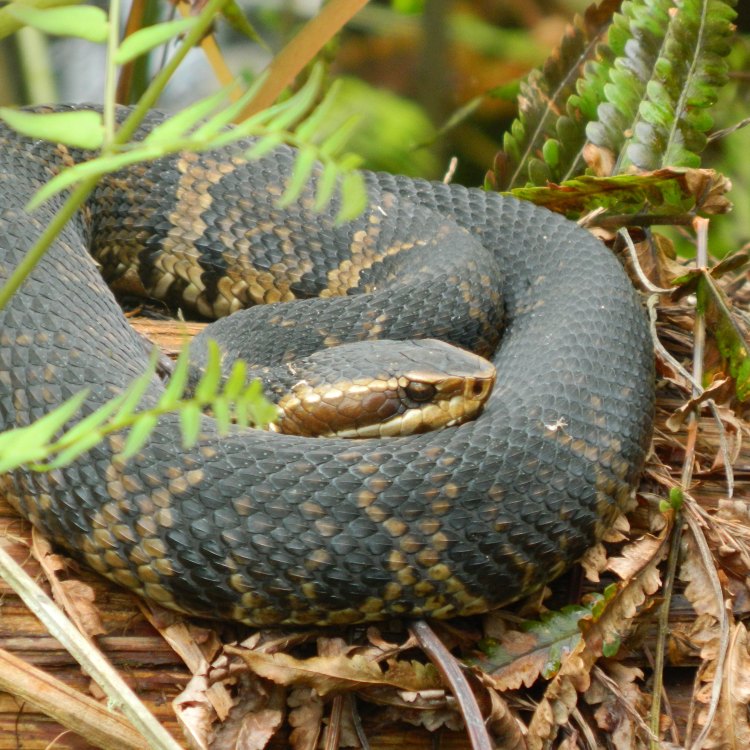
The Cottonmouth: A Misunderstood and Fascinating Reptile of the Southeastern United States
Disclaimer: The content provided is for informational purposes only. We cannot guarantee the accuracy of the information on this page 100%. All information provided here may change without prior notice.

